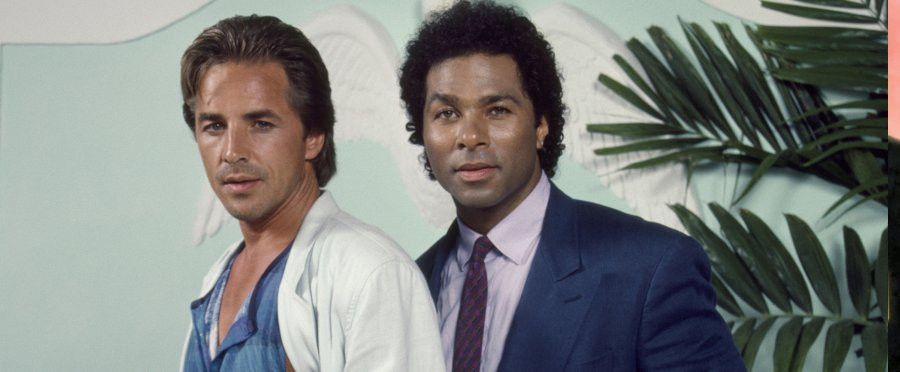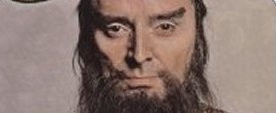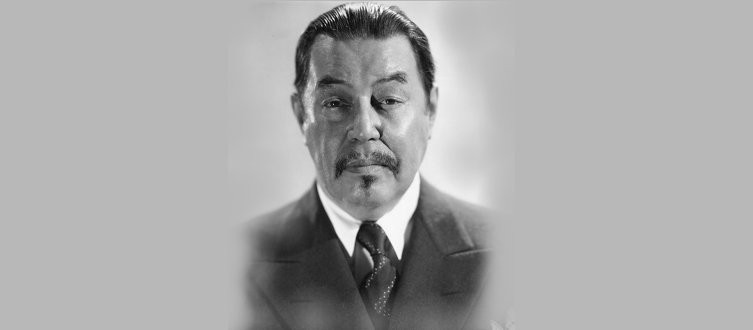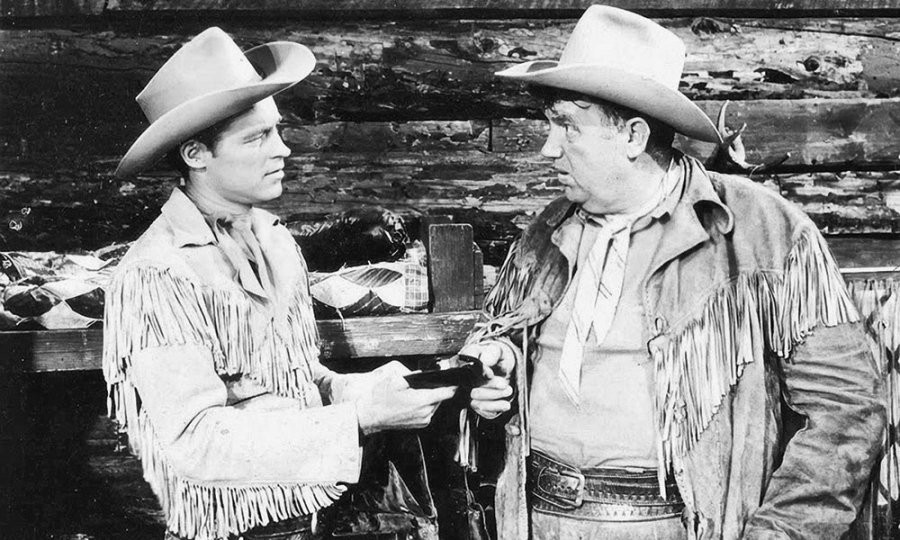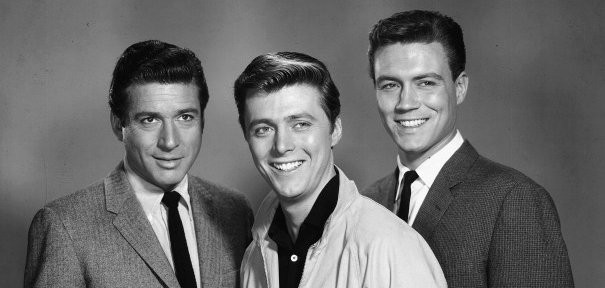
77 Sunset Strip
1958 - United StatesWhen 77 Sunset Strip first aired in 1958, it marked a stylish shift in American television — the first hour-long private eye drama, wrapped in West Coast cool and bursting with contemporary swagger. Created by Roy Huggins (also responsible for the likes of Maverick and The Rockford Files), the show was developed from two early TV movies (Anything for Money (1957) and Girl on the Run (1958)) and quickly carved a niche as a polished, glossy take on the detective genre.
Set in a slick Los Angeles office at the eponymous 77 Sunset Boulevard — conveniently located next to Dean Martin's real-life nightclub, Dino’s Lodge — the series followed the exploits of two urbane private investigators: Stuart Bailey (played with smooth charm by Efrem Zimbalist Jr.) and Jeff Spencer (Roger Smith). Both characters were former government agents, with Spencer also portrayed as a non-practising attorney — lending some legal credibility to their cases. The format typically alternated between Bailey- and Spencer-led storylines, though the two often teamed up when cases demanded it.
However, it wasn’t the detectives who captured the public’s imagination. That honour went to Edd Byrnes as Gerald Lloyd "Kookie" Kookson III — the hip, slang-slinging parking lot attendant whose pompadour hairstyle and jive talk made him an unexpected teen idol. Kookie’s popularity was immense; Byrnes reportedly received up to 10,000 fan letters a week at the show's peak, prompting Warner Bros. to release a ‘Kookie Speak’ glossary so viewers could decode his beatnik banter (“piling up the Z’s” for sleeping, “making the long green” for earning money). He even recorded a hit novelty record, Kookie, Kookie (Lend Me Your Comb), with Connie Stevens.
The show’s early seasons were a blend of light-hearted glamour and noir-lite intrigue, often bolstered by a rotating cast of guest stars, many of whom would later become household names. The backdrop of Los Angeles’ Sunset Strip, with its clubs, starlets, and shady figures, lent an air of authenticity and allure that was rarely seen on television at the time. Viewers tuned in as much for the stylish setting and charismatic ensemble as for the mysteries themselves.
As with many long-running shows, 77 Sunset Strip began to lose momentum by the early 1960s. Byrnes temporarily walked out due to contract disputes, prompting his short-lived replacement by Troy Donahue. Although Kookie eventually returned and was made a partner in the agency, the show was already flagging. In a last-ditch effort to revive it in 1963, Jack Webb (of Dragnet fame) took over as executive producer, and the format was overhauled drastically. Bailey was recast as a globe-trotting freelance investigator with a new secretary (Joan Staley as Hannah), and the Sunset Strip setting — once the show’s unique selling point — was jettisoned entirely.
Unfortunately, this bold reinvention failed to resonate with audiences. The charm and chemistry of the original setup were lost, and the show was cancelled in 1964 after its seventh season. Zimbalist Jr. would go on to a successful run in The F.B.I., but 77 Sunset Strip remains a classic example of how American television, at its best, could mix crime-solving with charisma and cultural flair.
The series can be seen as a forerunner to countless detective dramas that would follow, laying the groundwork for everything from Hawaii Five-0 to Magnum, P.I.. Stylish, sometimes silly, and unmistakably of its era, 77 Sunset Strip captured a slice of Hollywood cool that, even today, retains a nostalgic allure — especially if you're partial to jazz scores, convertible Cadillacs, and a sharply tailored suit.
Seen this show? How do you rate it?
Seen this show? How do you rate it?
Published on January 26th, 2019. Written by Rex Brady (updated 2025) for Television Heaven.


